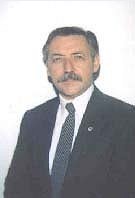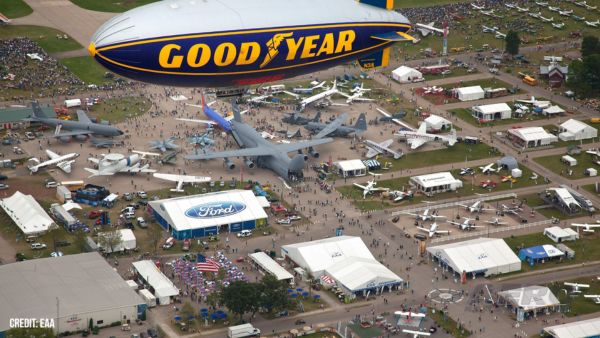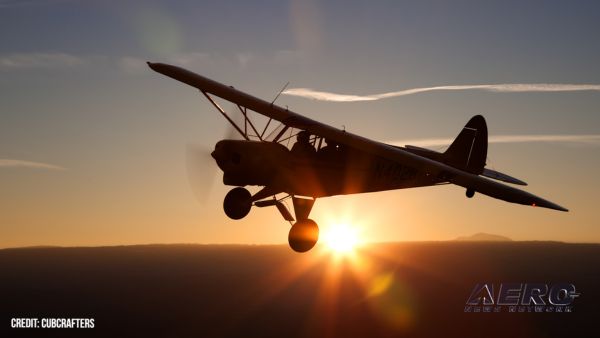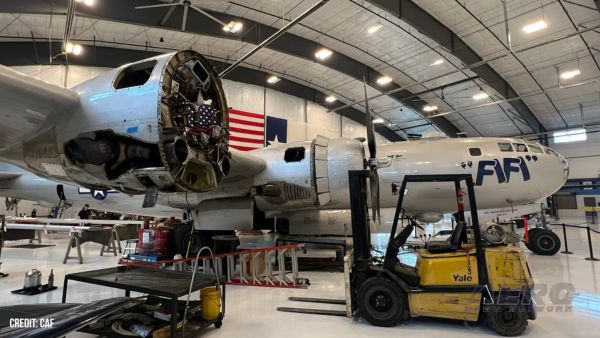Sun, Dec 20, 2009
Focus Is On Untrained Workers And Infrequent Inspections
 TWU members visited Congressional offices this week asking for
tougher regulations over out-of-country repair stations operating
under FAA approval. The union also handed out "simulated
boarding passes" filled with maintenance-related questions to
people leaving Congressional office buildings.
TWU members visited Congressional offices this week asking for
tougher regulations over out-of-country repair stations operating
under FAA approval. The union also handed out "simulated
boarding passes" filled with maintenance-related questions to
people leaving Congressional office buildings.
TWU claims that hundreds of offshore facilities have minimal
oversight by the FAA. They cite issues such as foreign
maintenance workers that never receive the proper training and
aren't subjected to the same random drug, alcohol and background
checks as maintenance technicians in the US.
The FAA has approved 698 maintenance facilities outside the US .
Nine major air carriers reviewed by the FAA's Inspector General
(IG) sent 71 percent of their heavy airframe maintenance checks to
outside repair stations in 2007, up from 34 percent in 2003.
Foreign repair stations received 19 percent of these major
maintenance jobs in 2007. The work includes C and D checks.
"Offshore maintenance is the airline industry's dirty little
secret," said TWU International President James C. Little. "Our
union is going to tell the public that offshoring means your plane
has a lower standard for maintenance, it means the licensure and
security standard for the mechanics and their helpers who worked on
that aircraft is questionable and it means that federal regulators
had limited access to facilities where the plane was repaired."

TWU cites security risks in offshore maintenance facilities that
have been documented in a 2003 US DOT IG report and through
Congressional testimony. The IG report includes the following
findings:
- FAA still does not have comprehensive data on how much and
where outsourced maintenance is performed.
- There is no standard for all FAA offices regarding initial
inspector visits, which can cause safety issues to go
unchecked.
- Problems existed, such as untrained mechanics, lack of required
tools and unsafe storage of aircraft parts.
In a recent NPR story on international aviation maintenance,
former NTSB member John Goglia said "These findings are very, very
disturbing. We don't know what's going on in those facilities. If
we're not monitoring them properly, how do we know it's safe?"
More News
IF/IAWP- Intermediate Fix/Initial Approach Waypoint The waypoint where the final approach course of a T approach meets the crossbar of the T. When designated (in conjunction with a>[...]
Aero Linx: Latin American Civil Aviation Commission (LACAC) The Latin American Civil Aviation Commission, LACAC, is an international organization with a consultative character, and>[...]
Get The Latest in Aviation News NOW on Instagram Are you on Instagram yet? It's been around for a few years, quietly picking up traction mostly thanks to everybody's new obsession >[...]
From 2018 (YouTube Edition): Stratos Jets Will Initially Be Offered As Kits Stratos Aircraft presented an update on its VLJ program and introduced the Stratos 716 model at AirVentu>[...]
"As we approach the 24th anniversary of 9/11, it is imperative that we continue to honor those lost by implementing a critical aviation security regulation designed to prevent a re>[...]
 ANN's Daily Aero-Term (06.24.25): Intermediate Fix/Initial Approach Waypoint
ANN's Daily Aero-Term (06.24.25): Intermediate Fix/Initial Approach Waypoint ANN's Daily Aero-Linx (06.24.25)
ANN's Daily Aero-Linx (06.24.25) ANN FAQ: Follow Us On Instagram!
ANN FAQ: Follow Us On Instagram! Classic Aero-TV: Upgrading The Future - Profiling the Stratos 716X
Classic Aero-TV: Upgrading The Future - Profiling the Stratos 716X Aero-News: Quote of the Day (06.25.25)
Aero-News: Quote of the Day (06.25.25)




